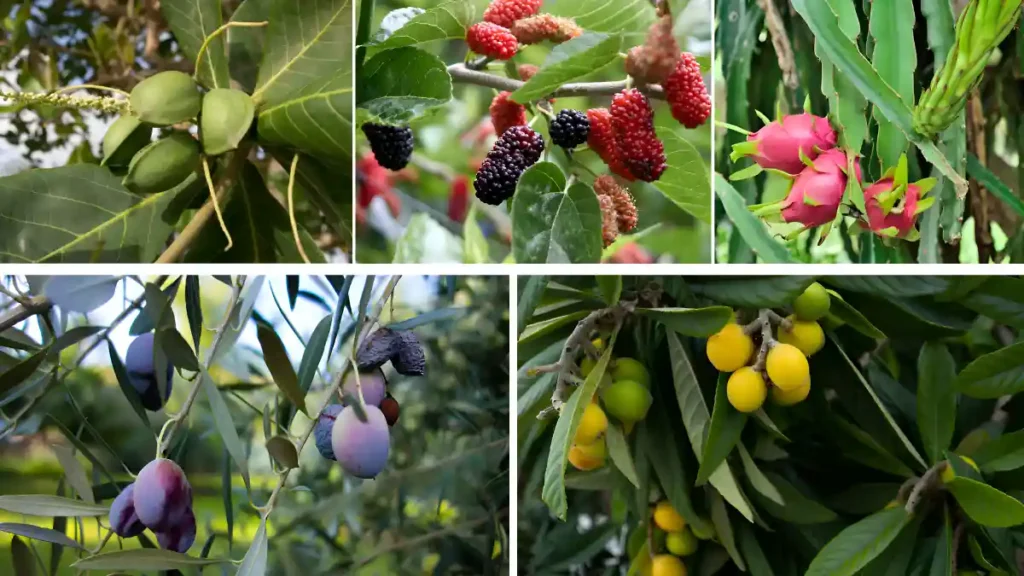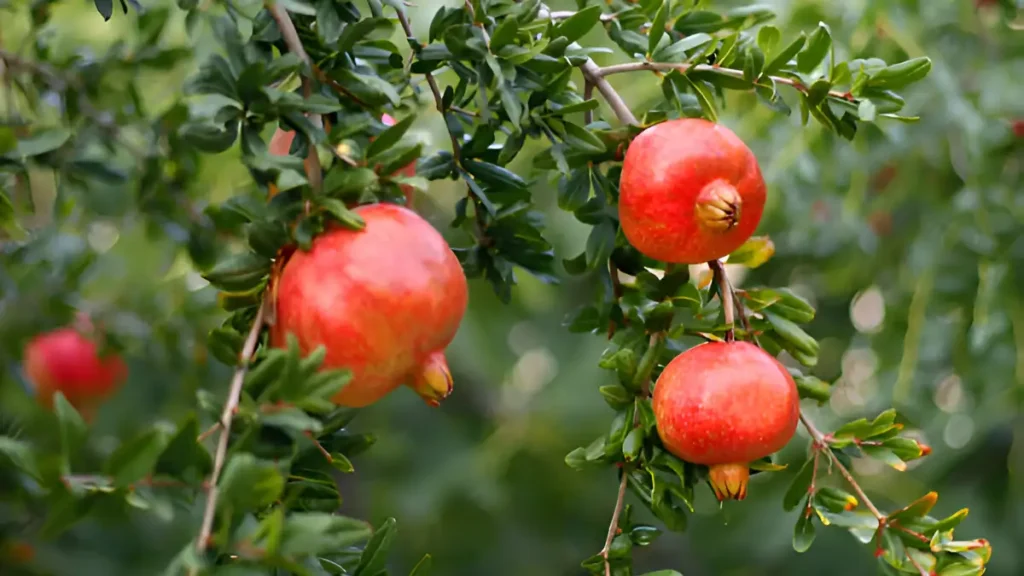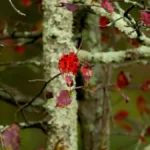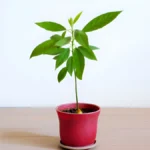Fruit trees that can withstand drought are crucial for sustainable gardening and farming in areas with water scarcity. When planted, these trees require constant watering, but they can withstand droughts once established. For more information on drought-tolerant fruit trees, refer to the article.
Learn about most drought-tolerant fruit trees:
Gardeners especially enjoy drought-tolerant fruit trees. Uncover which heat-tolerant fruit trees to cultivate in hot climates and how to care for them.
Heat-tolerant fruit trees:
- Olive
Olive trees that never lose their leaves are symbols of the Mediterranean region and thrive in hot, dry climates.
- The olive tree should be planted in full sun on well-drained soil that has a pH between slightly acidic and neutral. Several kinds can be grown together to maximize fruit output. Water deeply to promote deep root growth, allowing the soil to dry slightly in between waterings.
- In spring and summer, treat olive trees with a balanced fertilizer and pay attention to the manufacturer’s instructions for the proper dosage. Minimal pruning is necessary to encourage a nice shape and get rid of any dead wood. Avoid pests and illnesses by using the proper treatments, such as organic insecticides or soaps that kill insects.
- Almond
Native to the Middle East and Mediterranean regions, almonds are a type of tree nut.
- Trees planted in holes that are 20–25 feet apart and 12–18 inches deep are ideal for almonds. Almonds also like rich, well-draining soil with a pH of 6.0–8.0. Almond trees require constant irrigation in the summer, but once established, they are extremely.
- All-in-one almonds, which require less than 15 feet of space, are the most popular variety for home producers. If necessary, fertilize in the early summer using a balanced blend. Remove any diseased or dead branches in the summer by light pruning; do not over-prune during this time of year. Use IPM techniques, such as using helpful insects.

- Mulberry
The tasty fruit, lovely foliage, and adaptability of the mulberry tree or shrub, which is native to Asia, have made it popular.
- For mulberry, loamy soil is ideal. Select a location for it that receives the majority of the day’s sunlight. Watering young trees frequently in the early stages helps them develop vast root systems, which helps them withstand severe droughts.
- A yearly balanced fertilizer application should be made to the tree in the early spring. Mulberry trees can be trimmed to maintain a more manageable height and promote strong development. Mulberry trees can quickly reach heights of 15–30 feet. Use neem oil or insecticidal soap to keep pests like spider mites and whiteflies at bay.
- Pomegranate
Native to the Middle East and Mediterranean regions, pomegranates are colorful, old fruit-bearing trees or shrubs. They tolerate dryness and require very little care.
- Pomegranates need soil that drains well, and they do best in a sunny location with at least 6 to 8 hours of direct sunlight every day. Though they can withstand drought, established pomegranate trees require frequent irrigation, particularly when the fruit is developing. Growing from seed to fruit in one to three years, this tree is also very easy.
- Apply a layer of well-rotted manure or compost as an autumn mulch. Pruning is typically unnecessary for trees that provide fruit on old wood, but you should remove any sick or dead branches. In case of mild infestations, utilize neem oil or insecticidal soap.
- Dragon Fruit
Native to Central and South America, dragon fruit is a vivid tropical fruit that is currently grown extensively in Asia and other continents. It also grows easily and requires little care, being relatively low-maintenance in hot areas.
- Well-draining soil is ideal for dragon fruit trees, which also require full sun for at least 6 to 8 hours each day. Due to its tropical cactus nature, dragon fruit requires a moderate amount of watering. Every two to three months, apply a balanced fertilizer.
- Regular pruning helps to form the plant and get rid of dead or broken branches. It has a 6–10 foot height range. Use fungicides if needed and keep an eye out for pests such as mealybugs, aphids, and scale insects.
- Loquat
The loquat, an evergreen shrub or tree native to Asia, is highly valued for both its decorative and sweet, juicy fruit.
- Select an area that receives full sun and well-draining, slightly acidic to neutral soil. After they are established, loquat trees can withstand droughts, but during their early growth, they need to be regularly watered. Mulch the tree’s surroundings and keep the area weed-free.
- Utilize balanced fertilizer, including equal amounts of potassium, phosphorus, and nitrogen. When mature, locust trees may reach heights of 25 to 30 feet. To keep the tree in form, prune it often. Utilize suitable chemical or biological controls to prevent pest infestations.
Conclusion:
In summary, Drought-tolerant fruit trees are sustainable and cost-effective for water-limited areas, requiring proper soil preparation, mulching, and water-saving techniques. Dragon fruit, almonds, and loquats can withstand high temperatures, making them a viable option.
Certainly! If you’d like to learn more, please consider following our WhatsApp Channel: Harvest Gardening
A frequently asked questions:
Q1. What are drought-tolerant fruit trees of Southern California?
A1. Pomegranate, olive, loquat, and other fruit trees are among those that may withstand drought in Southern California.
Q2. What are some examples of drought-tolerant fruit trees suitable for Texas?
A2. Fig, pomegranate, and jujube trees are a few varieties of drought-tolerant fruit trees that grow well in Texas.
Q3. What is the best fertilizer for drought-tolerant fruit trees?
A3. Diffuse-tolerant fruit trees require a slow-release, balanced fertilizer with equal amounts of potassium, phosphorus, and nitrogen, provided once or twice a year.
Q4. What are some drought-tolerant fruit trees suitable for Zone 9?
A4. Zone 9 can benefit from drought-tolerant fruit trees such as pomegranates, figs, olives, and some citrus kinds including Meyer lemons.
Q5. What are some examples of shade-tolerant fruit trees?
A5. Fruit trees that can withstand shadow include elderberry, mulberry, serviceberry, and pawpaw.



